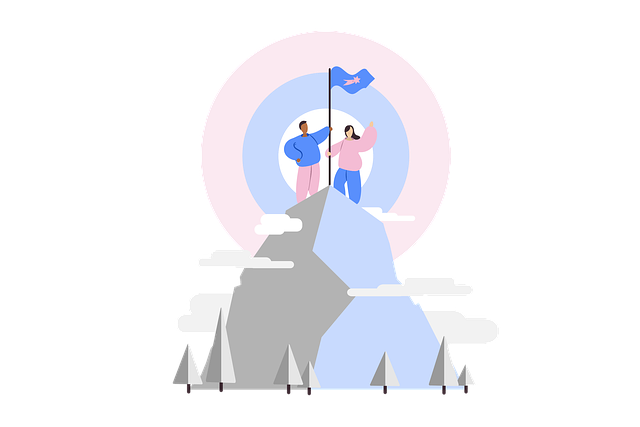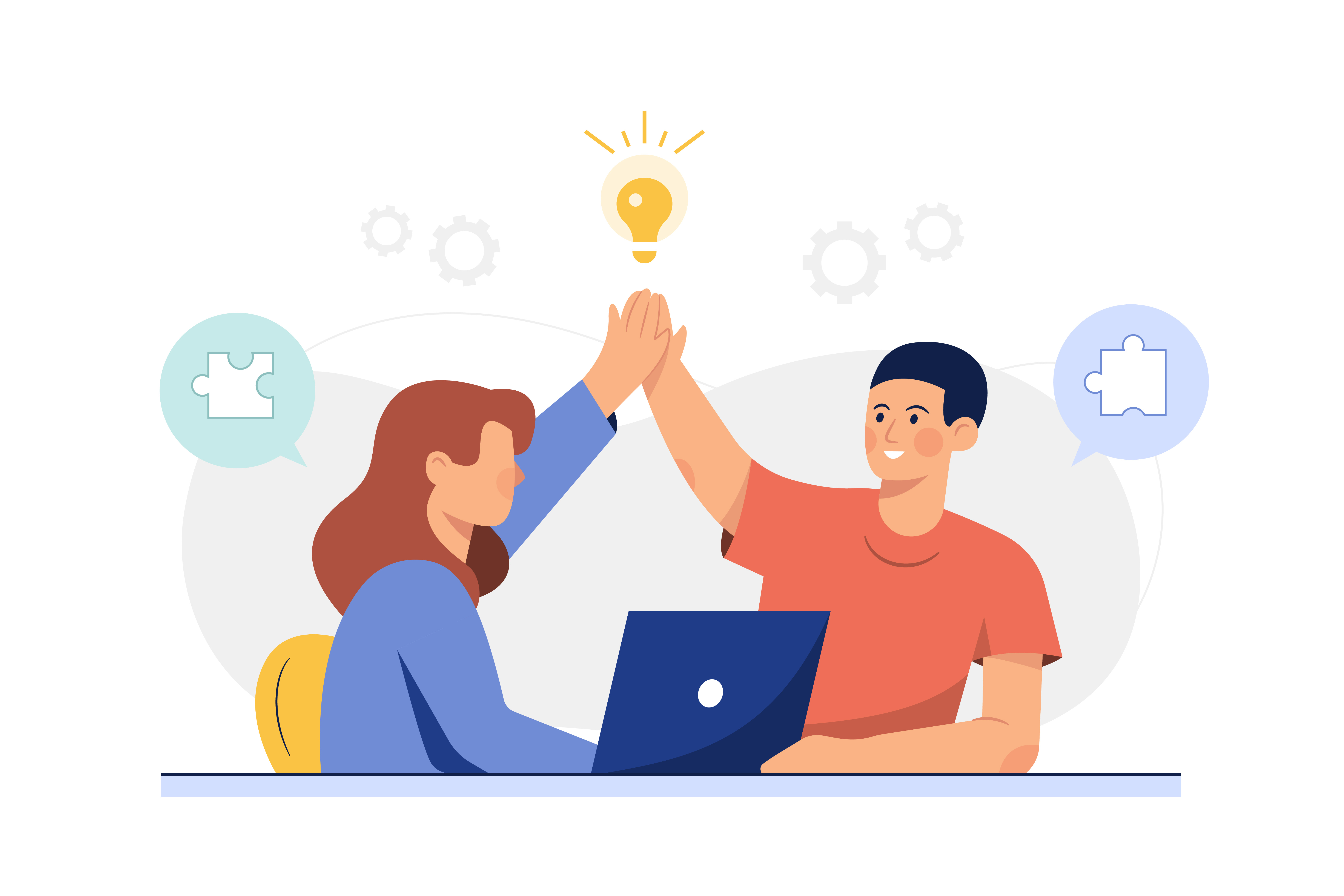In an ever-competitive business landscape, companies have shifted their focus towards enriching employee experiences. From comprehensive employee training to personalised learning, but are they missing one crucial element?
The one component that often gets less attention but holds colossal importance is 'employee appreciation' when it comes to effective employee training, and engagement.
“Employees who report receiving recognition and praise within the last seven days show increased productivity, get higher scores from customers, and have better safety records. They're just more engaged at work.” - Tom Rath, "How Full Is Your Bucket?"
In this article, we will delve deep into the synergies between employee appreciation, engagement, training, and learning.
The Symbiosis of Employee Appreciation and Engagement
The Ripple effect of Appreciation
Employee engagement goes beyond participation in activities or expressing satisfaction in surveys. It is a long-term emotional commitment that employees have towards their organization. According to a Gallup report, companies with engaged workforces have higher earnings per share and recover from recessions more quickly.
When an employee feels appreciated, it creates a ripple effect, leading to higher job satisfaction, better performance, and a willingness to go the extra mile—factors that directly influence retention rates, employer branding, and overall company success.
Older models of HR management saw employees merely as resources. Now, the trend is towards recognizing employees as valuable stakeholders or 'partners.' By valuing employees beyond their basic job functions, companies forge a deeper emotional connection, which is pivotal for engagement.
Tailoring Training Programs
An analysis on effectiveness of training in organisations reveals that employee training programs lead to a 22.4% increase in performance when they are well-designed and consider employee needs and wants.
Therefore, the focus is on asking employees what they genuinely require to feel equipped for their roles. Surveys, feedback sessions, and open conversations are indispensable tools in developing programs that fit the bill.
A study published in the Harvard Business Review emphasizes the importance of data-driven approaches in HR, including training. By surveying and monitoring employee behavior, companies can offer more personalized training programs that engage different types of learners.
By going this extra mile in creating a personalised learning experience for employees, you directly display an appreciation for your employees. You're taking consideration of their needs and wants in terms of development and actively equipping thing with skills they want, not just the skills your organisation thinks they need.
Communication: Bridging Employee Learning and Psychological Safety
The Art of Communication
Research from Harvard Business School illustrates the significance of psychological safety in team effectiveness and learning. Employees feel engaged in a psychologically safe environment and are more willing to engage in learning activities.
Open, two-way communication can significantly improve the learning experience. When employees feel that their input is valued, they are more likely to contribute actively to their learning environment, aligning the experience closely with their needs and the needs of the organization.
Creating Feedback Loops: The Essence of Employee Engagement
The Power of Feedback
Research from the Society for Human Resource Management (SHRM) suggests that regular, ongoing feedback fosters engagement and improves performance. It creates a culture where employees feel connected, valued, and engaged.
Feedback and Learning
Open channels for feedback can create a better learning environment. The feedback received can be analyzed to refine learning strategies, ensure relevant content, and tailor teaching methods to different learning styles.
Measuring Success: The Role of Analytics
Metrics That Matter
According to Deloitte Insights, metrics like 'readiness for the role,' 'manager satisfaction,' and 'time to productivity' are pivotal in gauging the effectiveness of learning and training programs.
Metrics offer a snapshot, but they are not the end of the story. Exit interviews and qualitative analyses further deepen our understanding of engagement levels, allowing companies to adjust their approaches continually.
Conclusion
The power of appreciation should not be underestimated when striving for greater employee training, engagement, learning. It forms the bedrock on which strong, positive workplace cultures are built. By implementing these research-backed strategies, companies can create a cycle of positivity and performance that mutually benefits the organisation and its most valuable asset: its people.
This blog was inspired by a lesson on 5Mins.ai by HiBob. 5Mins.ai, the TikTok-styled Skills and Learning platform, helps HR and L&D teams develop all their employees efficiently and effectively, no matter what their role.
Its AI-powered personalisation, ensures employees see content relevant to them, and are able to select exactly what they want to learn. .
If you'd like to learn how 5Mins.ai can help improve your employee engagement and reduce internal training time by up to 80%, click the button below !
- Get in touch
-
EN
.png)




